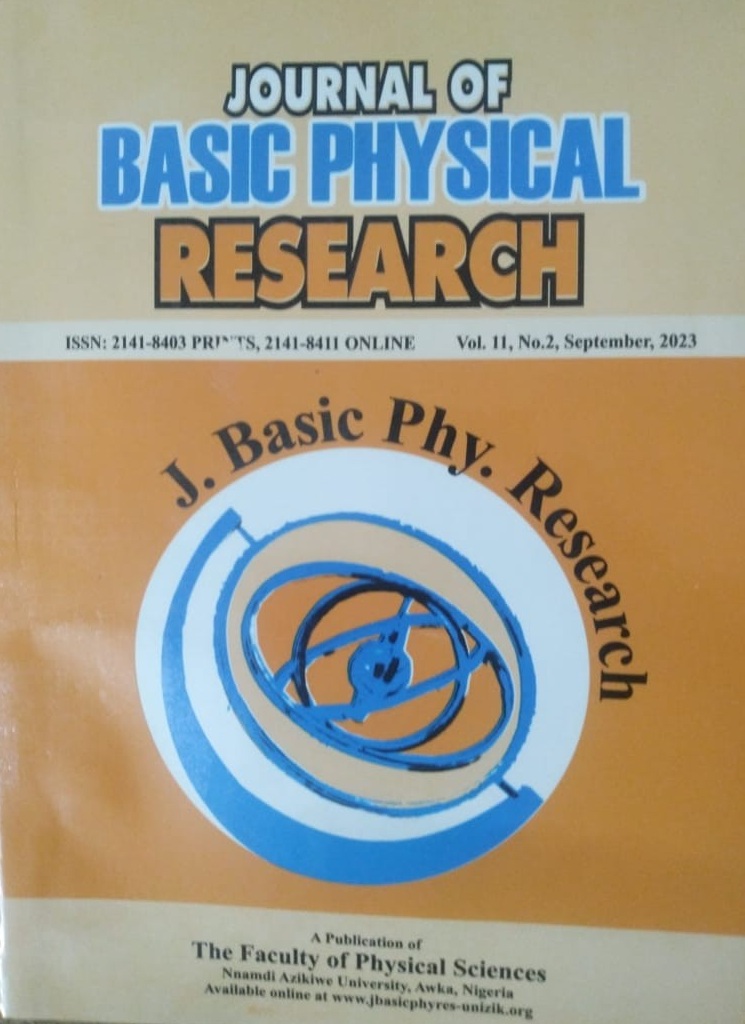ENHANCED ELECTRICAL, MORPHOLOGY, STRUCTURAL, AND OPTICAL FEATURES OF NICKEL SILVER SULPHIDE MATERIAL FOR PHOTOVOLTAIC APPLICATIONS
Keywords:
Nickel; Silver, SEM; EDX; BandgapAbstract
The polycrystalline NiAgS material exhibited the hexagonal wurtzite structure.The structural patterns observed at the (111), (112), (121), and (200) diffraction planes displayed diffraction peaks with angles of 26.635 o, 30.716 o, 33.875 o, and 38.018 o. The films exhibited enhanced crystallinity and increased crystallite size as the nickel molarity increased.The interaction between the transition metal and chalcogenide material leads to the creation of silver precipitate, while indications of material sublimation are evident in its original condition.The reaction between nickel and silver sulphide results in the formation of diverse-shaped condensed nanoparticles, as shown in the SEM microstructure. Higher nickel molarity leads to increased material density.Increased nickel molarity leads to higher absorbance of the synthesized material for photovoltaic use.As the nickel concentration increases, the films' absorbance also rises, enhancing the material's ability to absorb. Increased concentration of the synthesized material enhances surface area for solar and photovoltaic systems.The bandgap energy of AgS is the highest, measuring at 2.51 eV. The bandgaps of nickel at molarities of 0.1, 0.2, and 0.3 mol are 2.35 eV, 2.00 eV, and 1.66 eV, respectively.


